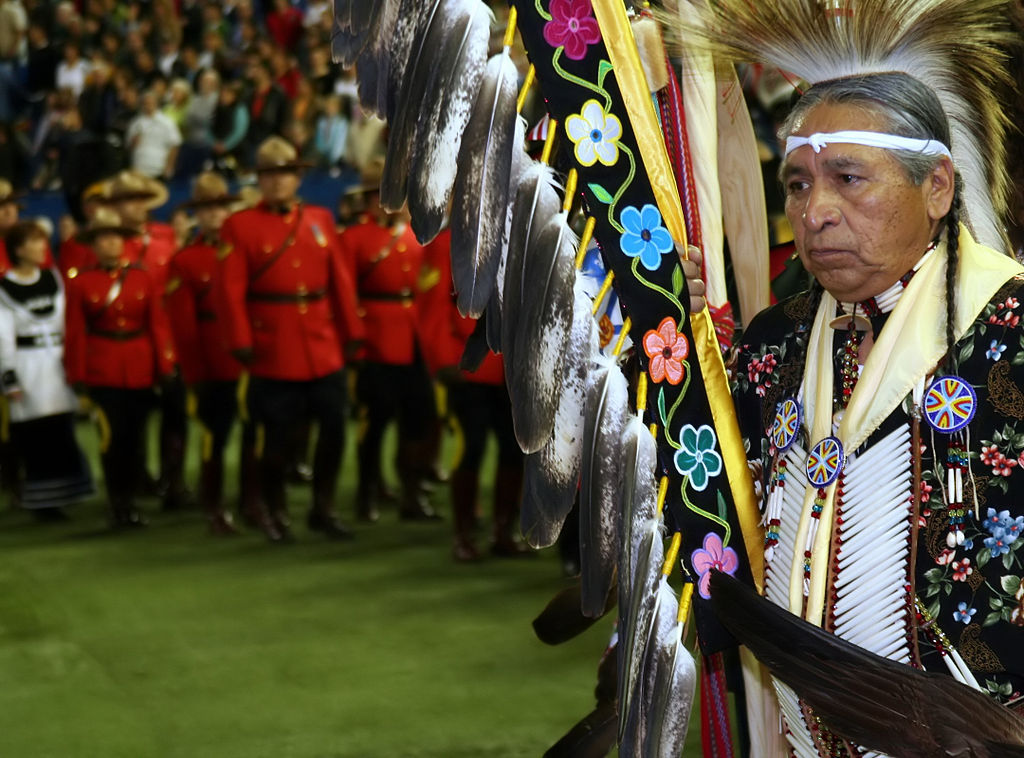Breaking
Supreme Court rules only Ontario has right to permit logging on aboriginal lands

Aboriginal leader at the 13th Annual Canadian Aboriginal Festival. Photo by Bahman / Wikimedia Commons.
OTTAWA—The Supreme Court of Canada has upheld the Ontario government’s right to permit industrial logging on a First Nation’s traditional lands.
Today’s 7-0 ruling comes on the heels of a historic judgment in the Tsilhqot’in case in British Columbia that changed the way governments must deal with First Nations over land where aboriginal title is claimed.
The Grassy Narrows First Nation appealed after Ontario’s highest court ruled in March 2013 that the province has the right to “take up” treaty land for forestry and mining.
Grassy Narrows argued that only Ottawa has the power to take up the land because the treaty promises were made between the Crown and First Nations.
The Supreme Court disagreed.
The decision says that even though the treaty was negotiated by the federal government, it is an agreement between the Ojibway people and the Crown. Under the Constitution, Ontario has exclusive authority to take up provincial lands for forestry, mining, settlement and other matters.
The court also noted that nothing in the text or history of the treaty suggests there needs to be a two-step process requiring the federal government’s approval.
“I agree with the Ontario Court of Appeal that Ontario and only Ontario has the power to take up lands under Treaty 3,” Chief Justice Beverley McLachlin wrote in the decision.
The tiny community from northwestern Ontario has spent more than a decade in court fighting the province’s decision to issue a licence for clearcut operations in parts of the Keewatin portion of Treaty 3 territory.
The Supreme Court’s decision clarifies the roles of the federal and provincial governments when it comes to resource development on treaty land.





















